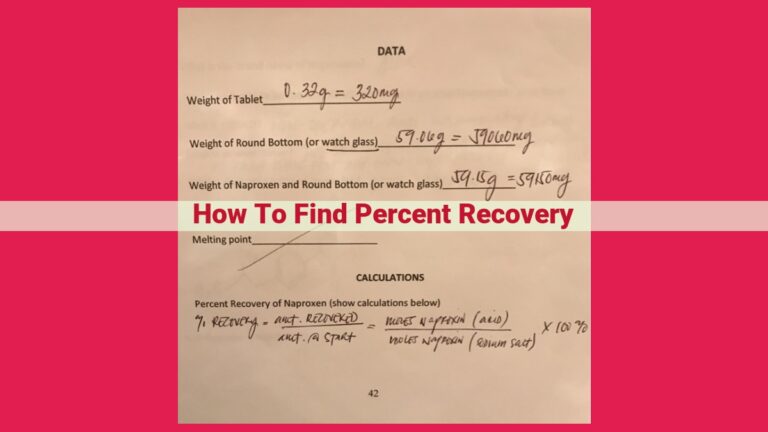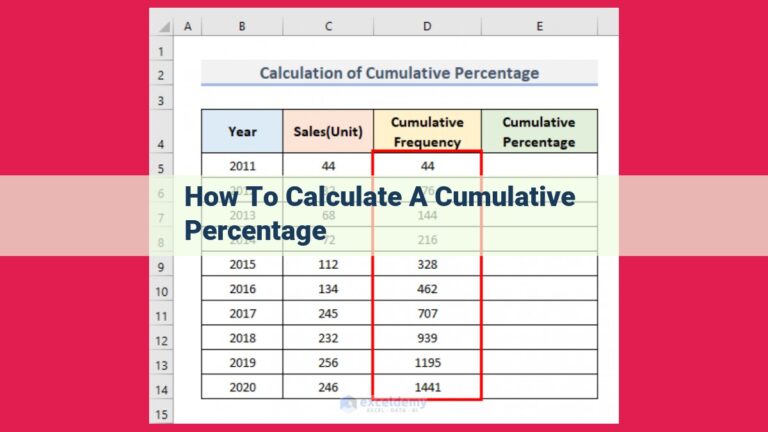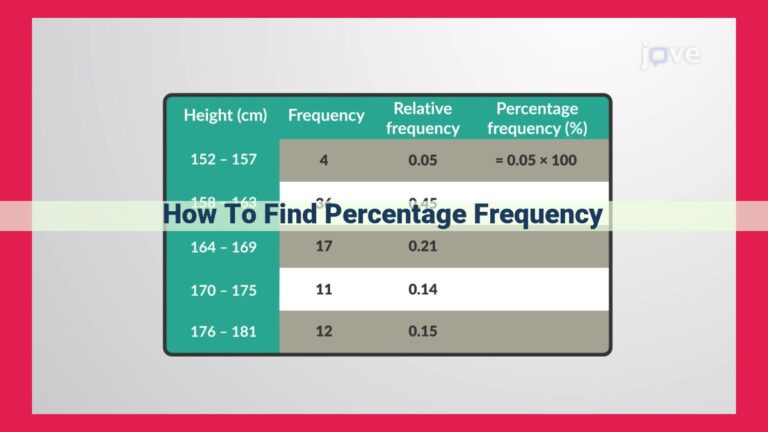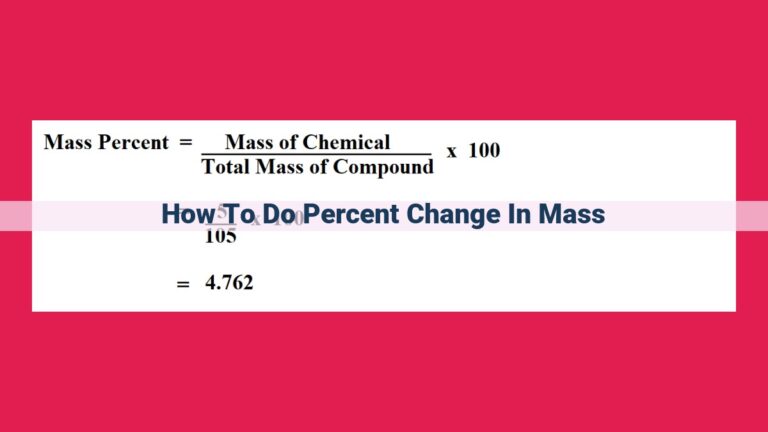Mastering Hexadecimal: A Comprehensive Guide For Counting And Arithmetic
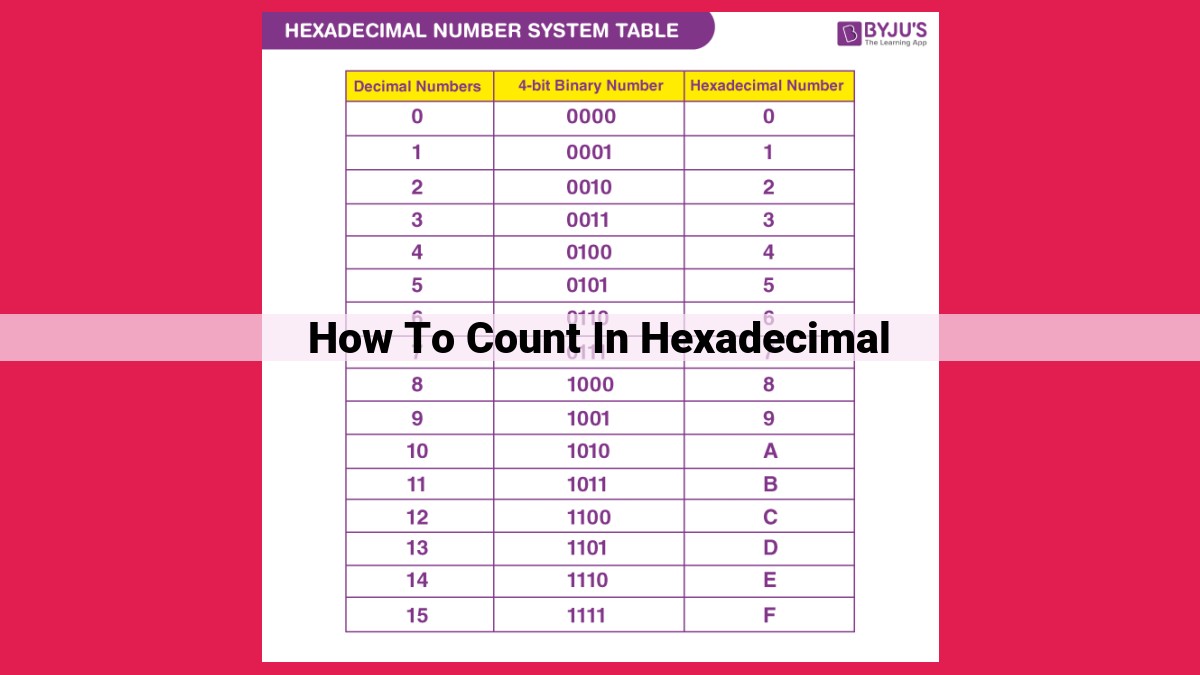
To count in hexadecimal, understand that it is a base-16 system. Place values range from 0 to 9 and A to F, where each hexadecimal digit represents a specific power of 16. Conversion to other bases involves place value considerations, while conversion from decimal to hexadecimal is done via successive division. Arithmetic operations are similar to decimal arithmetic, with additions involving carries if the sum exceeds F and subtractions involving borrowing if necessary. Multiplication and division techniques align with those in other number systems, using multiplication tables or distributive properties.
Counting in Hexadecimal: A Comprehensive Guide
The world of numbers is vast, with various systems used to represent different quantities. One of these systems, hexadecimal, plays a pivotal role in computer science and digital technology. Understanding hexadecimal is crucial for anyone working with computers, coding, or network protocols.
Hexadecimal, as the name suggests, is a base-16 number system. This means it uses 16 unique symbols to represent numbers, unlike the decimal system we commonly use, which is base-10. The 16 symbols in hexadecimal are the digits 0-9 and the letters A-F.
Place Value and Hexadecimal Digits
Just like in decimal, each digit in a hexadecimal number holds a specific value based on its position. The position of a digit in a number is called its place value. In hexadecimal, the place values increase by powers of 16 from right to left. For example, the least significant digit (furthest right) represents the ones place, followed by the 16s place, the 256s place, and so on.
Conversion Techniques
One of the key skills in understanding hexadecimal is the ability to convert numbers between hexadecimal and other systems, such as decimal, binary, and octal.
Hexadecimal to Other Systems
To convert a hexadecimal number to another system, you need to break it down into its individual digits and convert each digit to the corresponding value in the target system. For example, the hexadecimal number 1A can be converted to decimal by first converting A to 10 (since A represents 10 in hexadecimal) and then multiplying by 16 (the place value of the digit). This gives us 160, and adding the ones digit (1) gives us the decimal value 161.
Other Systems to Hexadecimal
Converting from other systems to hexadecimal is a similar process, but in reverse. For instance, to convert the decimal number 255 to hexadecimal, divide 255 by 16 repeatedly until you get a quotient of 0. The remainders (read from bottom to top) give you the hexadecimal digits: FF.
Arithmetic Operations
Performing arithmetic operations in hexadecimal is also essential. Let’s look at a few examples:
Addition:
To add two hexadecimal numbers, simply add their digits together. If the sum exceeds F (15), carry the excess to the next place value.
For example, 1A + 2B = 45.
Subtraction:
To subtract hexagonal numbers, perform regular subtraction. If you need to borrow from the next place value, convert its digit to base 16 (multiply by 16) before subtracting.
For example, 2C – 1A = 12.
Understanding hexadecimal is essential in computer science and digital technology. By exploring the fundamentals of hexadecimal, including its place value system, conversion techniques, and arithmetic operations, you’ll gain a valuable skill that will enhance your understanding of computers and coding.
Counting in Hexadecimal: From Decimal Digits to 16-Bit Brilliance
In the realm of numbers, we’re accustomed to counting in the decimal system, a base-10 system where each digit represents a power of 10. But when computers and electronics enter the scene, another numbering system takes center stage: hexadecimal.
A World of 16s: The Base-16 Hexadecimal
Unlike decimal, which operates on a base of 10, hexadecimal is a base-16 system. This means that it employs 16 unique digits to represent numerical values. These digits include the familiar 0 through 9, along with the letters A through F.
The base-16 nature of hexadecimal stems from its close relationship with binary, the language spoken by computers. A single hexadecimal digit corresponds to four binary digits, making it a convenient shorthand for representing large binary values.
By understanding the base-16 nature of hexadecimal, you unlock a gateway to a numbering system that’s indispensable in computer science, electronics, and a myriad of other technical fields.
Define place values in hexadecimal (0-9, A-F)
Counting in Hexadecimal: Unraveling the Secrets of Base-16
In a digital world where computers and technology reign supreme, understanding different number systems is crucial. Among them, hexadecimal (often abbreviated as hex) stands out for its unique base-16 architecture. This blog post will embark on a captivating journey, demystifying the intricacies of counting in hexadecimal.
The World of Number Systems
Just as we count in base-10 using digits 0-9, number systems can have different bases. Decimal, the most familiar, uses a base of 10, while binary and octal use bases of 2 and 8, respectively. Hexadecimal, on the other hand, adopts a base of 16. This means it has 16 distinct digits to represent numbers: 0-9, followed by letters A-F.
Place Value: The Key to Hexadecimal
Place value plays a pivotal role in hexadecimal. Just as in base-10, the position of a digit determines its relative value. In hex, each digit represents a power of 16. The digit furthest to the right holds the smallest value (16^0), while the digit to its left represents 16^1, and so on.
Unlocking Conversion Techniques
Converting between hexadecimal and other number systems is a fundamental skill. We’ll explore both directions:
-
Hexadecimal to Binary/Octal/Decimal: By breaking down hexadecimal numbers into their binary or octal equivalents, place value considerations become crucial. For instance, converting 2A (hex) to binary involves examining its place values (2^5 + 10^1 + 10^0).
-
Decimal to Hexadecimal: Successive division is the key here. Repeatedly dividing a decimal number by 16 yields the hexadecimal digits, starting from the least significant one. For example, converting 35 (dec) to hex involves dividing by 16, with the remainders representing the hexadecimal digits.
Taming Hexadecimal Arithmetic
Arithmetic operations in hexadecimal follow similar principles as in base-10, but with a few unique considerations.
-
Addition: Simply add hexadecimal digits, but when the sum exceeds F, carry the excess to the next digit.
-
Subtraction: Subtract hexadecimal digits, but when you encounter a borrowing situation, subtract 1 from the digit in the next higher place value.
-
Multiplication: Utilize multiplication tables or the distributive property to multiply hexadecimal numbers.
-
Division: Divide hexadecimal numbers as in base-10, but keep track of the quotient and remainder.
By mastering these techniques, you’ll unlock the mysteries of hexadecimal, making you a more confident navigator in the realm of digital technology.
Counting in Hexadecimal: A Comprehensive Guide
In the digital realm, numbers reign supreme. We encounter them in every aspect of our technological lives, from the binary code that powers our computers to the hexadecimal addresses of websites we visit. Understanding number systems is crucial for navigating this digital landscape.
One such number system that plays a pivotal role in the world of computing is hexadecimal. Hexadecimal, based on the number sixteen, is a powerful tool that simplifies the representation of large numbers and enhances efficiency in various applications.
Place Value: The Key to Unraveling Hexadecimal
Just like the decimal system we use in everyday life, hexadecimal also relies on place value to determine the numerical value of each digit. In the decimal system, each place value represents a power of ten (e.g., hundreds, tens, ones). In hexadecimal, each place value represents a power of sixteen.
The most significant digit (MSD) holds the highest place value and is positioned on the left. As we move to the right, each subsequent digit has a decreasing place value.
For instance, in the hexadecimal number AB5, the A represents 10 × 16^2 = 256, the B represents 11 × 16^1 = 176, and the 5 represents 5 × 16^0 = 5. Adding these values together, we get the decimal equivalent of 437.
By understanding the concept of place value, we can easily convert hexadecimal numbers to their decimal counterparts and vice versa. This ability empowers us to interact seamlessly with the digital world and its hexadecimal foundations.

